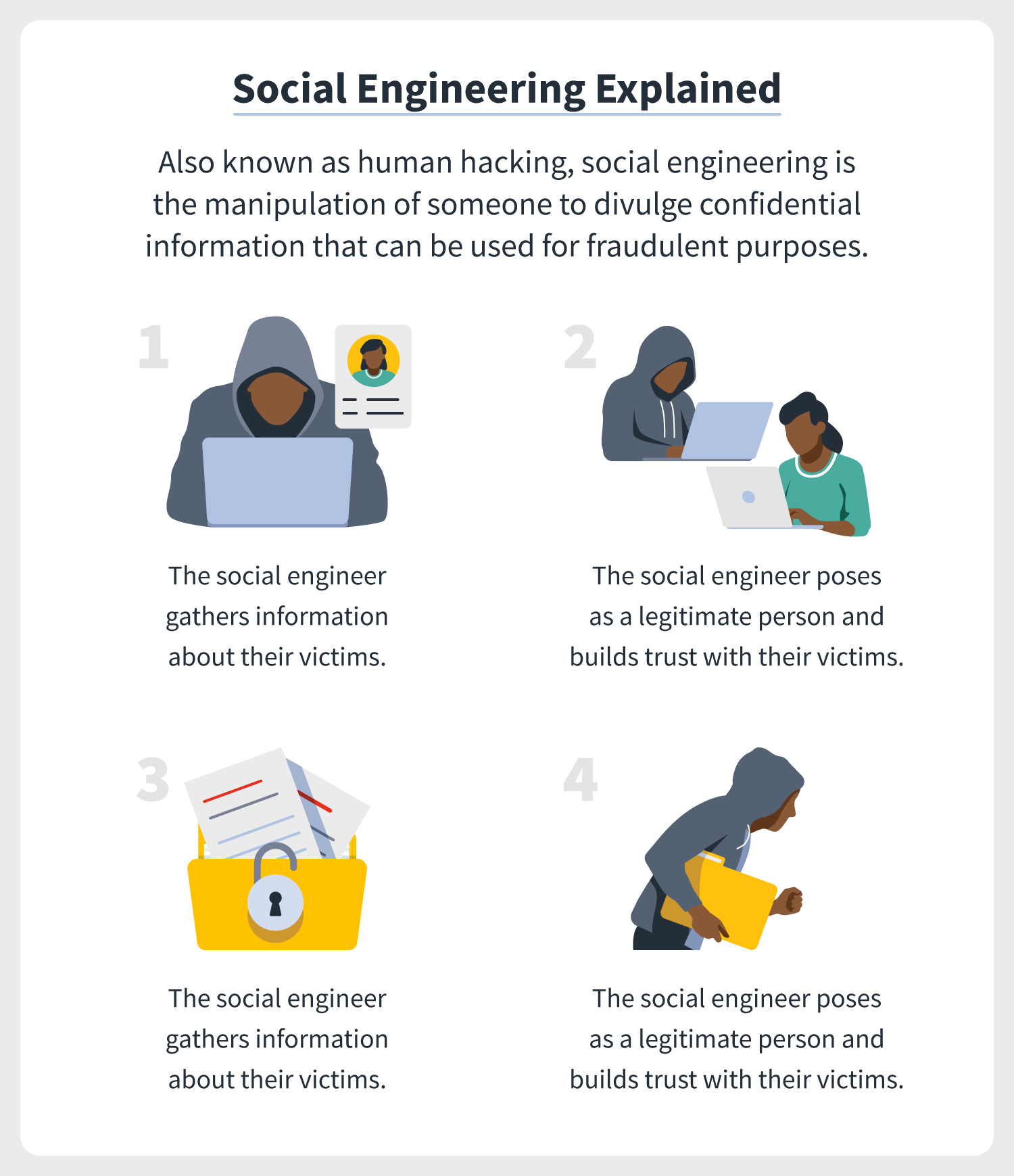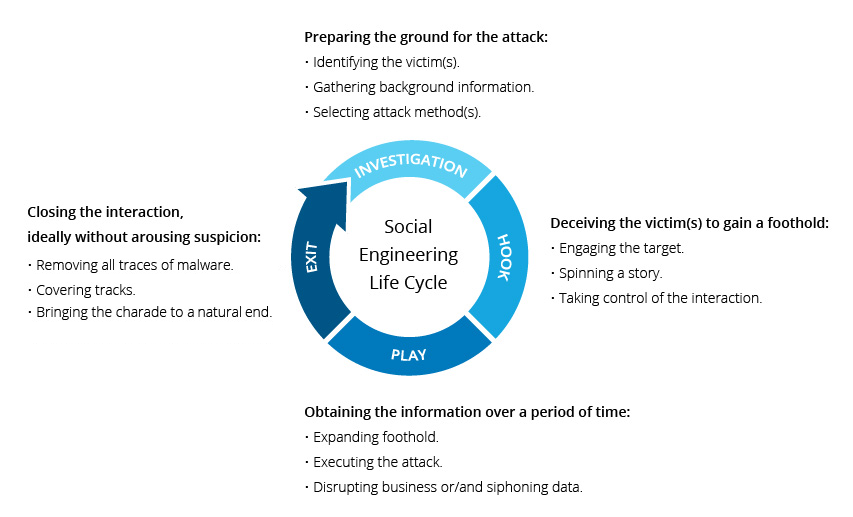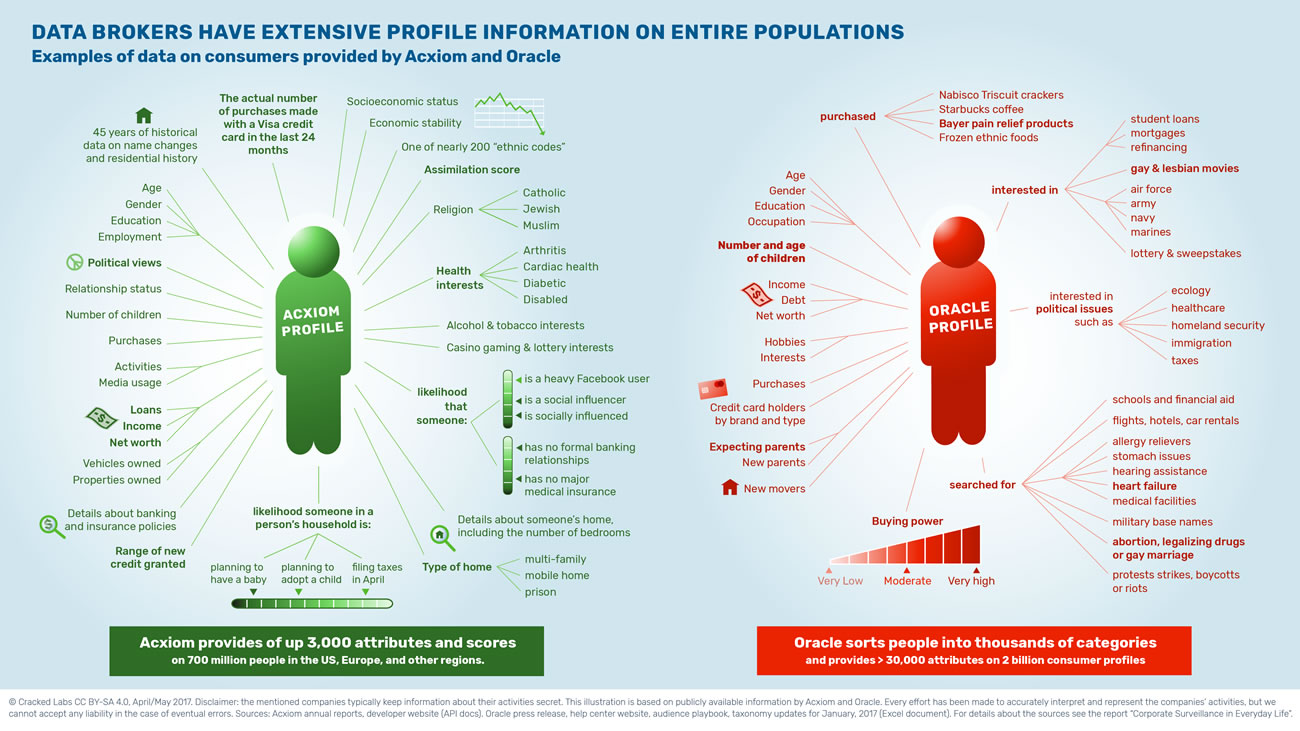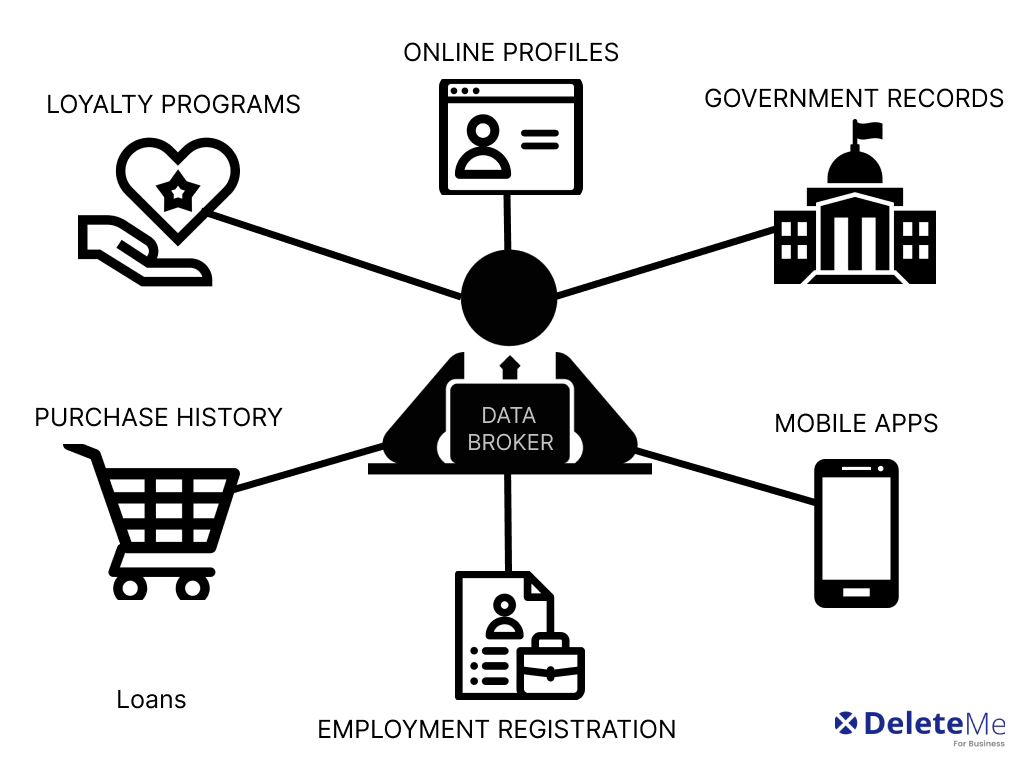
In the contemporary digital landscape, the intricate interplay between information intermediaries and the realm of advertising has become a focal point of discussion. This section delves into the mechanisms by which these entities operate, shaping the way businesses engage with consumers in the virtual space. The focus here is on the strategies employed to categorize individuals, pinpoint specific groups, and tailor experiences to enhance engagement and conversion rates.
The process begins with the collection and analysis of vast datasets, which are then used to create detailed profiles of users. These profiles are instrumental in enabling advertisers to understand and predict consumer behavior. By segmenting the audience based on various criteria such as demographics, interests, and online activities, advertisers can craft messages that resonate more effectively with their intended recipients.
Moreover, the concept of targeted advertising is central to this discussion. It involves the strategic placement of promotional content in front of users who are most likely to be interested in the products or services being offered. This approach not only increases the efficiency of advertising campaigns but also enhances the user experience by reducing exposure to irrelevant ads.
Finally, the aspect of personalization takes center stage. By leveraging insights gleaned from user data, advertisers can customize their offerings to match individual preferences and behaviors. This level of personalization is seen as a key driver of customer satisfaction and loyalty in the digital age. However, it also raises significant concerns regarding the safeguarding of user information and the ethical implications of such practices.
As we explore these topics, it is crucial to consider the balance between the benefits of enhanced user engagement and the imperative to protect personal data. The evolving landscape of digital advertising and information management continues to challenge our understanding of privacy and consent in the online world.
Understanding Data Brokers
This section delves into the pivotal role that information intermediaries play within the digital environment. These entities facilitate the exchange of user details, which significantly influences various aspects of the online landscape.
Role of Information Intermediaries in the Digital Ecosystem
Information intermediaries, often referred to as data brokers, serve as crucial links in the digital ecosystem. They collect, aggregate, and distribute user data to various stakeholders, including advertisers, retailers, and service providers. This process enables these stakeholders to tailor their offerings to specific demographics, enhancing the overall user experience and business efficiency.
The activities of these intermediaries are multifaceted. They not only gather data from numerous sources but also analyze and categorize it to make it usable for different purposes. This includes identifying trends, predicting consumer behavior, and facilitating targeted advertising. The role of these brokers extends beyond mere data aggregation; they play a significant part in shaping the digital strategies of businesses and influencing consumer interactions.
Moreover, these intermediaries contribute to the transparency and efficiency of the digital marketplace by providing valuable insights derived from extensive data analysis. They help in bridging the gap between consumer needs and business offerings, thereby fostering a more personalized and relevant online experience.
However, the role of information intermediaries is not without its challenges. The ethical implications of data collection and usage, along with concerns regarding user confidentiality, are areas of ongoing debate. As such, understanding the role of these brokers involves not only recognizing their contributions to the digital ecosystem but also considering the broader implications of their activities on user privacy and digital ethics.
Methods of Information Collection by Intermediaries
In the intricate digital landscape, intermediaries play a pivotal role in gathering and managing vast amounts of user information. This section delves into the various techniques these entities employ to collect data, which subsequently fuels the digital economy and influences consumer interactions.
Intermediaries utilize a multitude of methods to amass information. These techniques range from direct collection through user interactions on websites and apps to more indirect means such as tracking online activities across different platforms. Below is a table summarizing the primary methods used by these entities:
| Method | Description |
|---|---|
| Cookies and Tracking Pixels | Small files or codes that track user behavior on websites, capturing details like browsing habits and preferences. |
| API Integration | Utilizing application programming interfaces to access and collect data from various sources, often in real-time. |
| Surveys and Feedback Forms | Direct collection of user information through voluntary participation in surveys or feedback forms. |
| Social Media Monitoring | Analysis of public posts and interactions on social media platforms to gather insights about user interests and behaviors. |
| Purchase and Transaction Data | Collection of data from online transactions, including purchase history and payment details. |
Each of these methods serves a specific purpose in the broader strategy of data collection. For instance, cookies and tracking pixels are particularly effective for understanding user behavior on a granular level, while API integrations facilitate the aggregation of data from diverse sources. Surveys and feedback forms offer a more direct approach to gathering user opinions and preferences, and social media monitoring provides insights into the social aspects of consumer behavior. Lastly, transaction data is crucial for understanding purchasing patterns and economic behaviors.
Understanding these methods is essential for grasping the comprehensive role of intermediaries in the digital ecosystem, as their activities significantly influence how information is used and how consumers are targeted in the digital realm.
Methods of Data Collection by Brokers
In See this guide on Medium section, we delve into the various tactics employed by entities to gather information. This exploration is crucial for understanding the mechanisms behind the acquisition of user details, which are then utilized in promotional efforts. The focus here is on the techniques and technologies that facilitate the collection process, shedding light on how user data is amassed and subsequently applied in the realm of advertising.
Direct Collection Methods
One common approach involves direct interaction with users. This can occur through website registrations, surveys, or feedback forms. Users are often prompted to provide personal details such as their name, email address, and demographic information. This method is straightforward and allows for the collection of specific data points directly from the source.
Indirect Collection Techniques
Indirect methods, on the other hand, involve the gathering of data without direct user input. This can include tracking user behavior through cookies or other tracking technologies. These tools monitor user activity on websites, capturing details about browsing habits, preferences, and interactions. This passive collection provides a wealth of information that can be analyzed to understand user behavior and tailor promotional materials accordingly.
Third-Party Data Acquisition
Another significant method is the acquisition of data from third-party sources. This involves purchasing or exchanging data with other entities that have already collected user information. These sources might include social media platforms, public records, or other databases. The data obtained through this method can be extensive and varied, often including more detailed or specific information than what is collected directly.
Data Mining and Analytics
Advanced techniques such as data mining and analytics are also employed. These methods involve the use of sophisticated algorithms to sift through large datasets, identifying patterns and correlations. This process helps in extracting valuable insights that can be used to refine promotional strategies and enhance the relevance of advertising content.
Understanding these collection methods is essential for recognizing the breadth of data that is available for use in promotional activities. Each method has its own implications and ethical considerations, which are important to address in the broader discussion of user privacy and the ethical use of collected information.
Marketing Strategies Utilizing Data
In this section, we delve into the strategic approaches employed by businesses to enhance their promotional efforts through the meticulous analysis of consumer information. The focus here is on how organizations leverage detailed insights to tailor their outreach, ensuring that each interaction is more relevant and impactful.
Consumer Profiling Techniques
One of the foundational methods in this domain is the creation of detailed consumer profiles. By categorizing individuals based on various demographic, psychographic, and behavioral attributes, companies can craft messages that resonate more deeply with specific segments of their audience. This process involves not only identifying common characteristics among consumers but also understanding the nuances that drive their purchasing decisions.
Behavioral Analytics
Behavioral analytics plays a crucial role in refining these strategies. By tracking and analyzing consumer interactions across various platforms, marketers can identify patterns and preferences that might not be evident through traditional market research. This data-driven approach allows for a more nuanced understanding of what motivates consumers, enabling businesses to adjust their strategies accordingly.
Customized Outreach
The ultimate goal of these strategies is to achieve a higher level of customization in outreach efforts. By delivering content that aligns closely with individual preferences and behaviors, companies can significantly enhance engagement rates. This personalized approach not only improves the effectiveness of marketing campaigns but also enhances the overall customer experience, fostering stronger brand loyalty.
In conclusion, the strategic use of consumer information is pivotal in modern marketing practices. By employing sophisticated techniques to analyze and apply this data, businesses can significantly improve their ability to connect with consumers on a more personal level, driving both engagement and sales.
Segmentation Techniques in Marketing
In the realm of promotional strategies, the ability to categorize potential customers based on specific characteristics is paramount. This section delves into the methodologies employed by businesses to effectively divide their audience into manageable groups, enhancing the precision and efficacy of their outreach efforts.
Demographic Segmentation: One of the foundational approaches involves grouping individuals by demographic factors such as age, gender, income, and education level. This method allows companies to tailor their products and services to the distinct needs and preferences of different demographic clusters.
Geographic Segmentation: Another prevalent technique is geographic division, which involves targeting consumers based on their location. This can range from targeting specific countries or regions to more localized targeting within cities or neighborhoods, enabling businesses to adapt their offerings to local tastes and cultural nuances.
Psychographic Segmentation: This approach focuses on the lifestyle, values, and personality traits of consumers. By understanding these aspects, marketers can craft messages that resonate deeply with the psychological and emotional drivers of their target audience, fostering stronger connections and brand loyalty.
Behavioral Segmentation: Analyzing consumer behavior, such as purchasing habits, brand interactions, and product usage patterns, provides valuable insights for segmentation. This technique helps in identifying key moments in the customer journey where targeted interventions can significantly influence buying decisions.
Conclusion: Effective segmentation is crucial for optimizing marketing efforts, ensuring that resources are allocated efficiently and communications are as relevant as possible to the intended audience. By employing a combination of these techniques, businesses can enhance their understanding of consumer needs and preferences, ultimately driving more impactful and successful marketing campaigns.
Targeting Consumers Through Data Analysis
This section delves into the strategic use of analytical tools to enhance the effectiveness of promotional efforts. By examining consumer behaviors and preferences, businesses can tailor their approaches to better resonate with specific audiences, thereby increasing the likelihood of engagement and conversion.
To effectively target consumers, several key methods are employed:
- Behavioral Analysis: This involves tracking and analyzing consumer actions on digital platforms. Insights gained from this analysis help in understanding what products or services might interest them based on their past interactions.
- Demographic Profiling: Utilizing information such as age, gender, location, and income level, companies can create profiles that help in identifying the most relevant segments of the population for their offerings.
- Psychographic Segmentation: This method goes beyond basic demographics to include lifestyle, values, and personality traits. By understanding these deeper aspects of consumer identity, businesses can craft messages that are more emotionally resonant.
- Predictive Modeling: Using advanced algorithms, predictive models forecast future consumer behavior based on historical data. This enables businesses to anticipate needs and tailor their strategies accordingly.
Each of these methods plays a crucial role in refining the targeting process, ensuring that promotional efforts are not only seen by the right people but also resonate with them on a personal level. This precision targeting not only enhances the efficiency of marketing campaigns but also improves the overall customer experience, leading to stronger brand loyalty and increased sales.
Personalization in Online Advertising

In this section, we delve into the transformative effects of tailored content on consumer interactions within the digital realm. The focus is on how customized messages, crafted to resonate with individual preferences and behaviors, shape the dynamics of modern advertising.
The Evolution of Advertising Techniques
Historically, advertising was a one-size-fits-all endeavor, broadcasting the same message to a broad audience. However, the advent of sophisticated data analytics has revolutionized this approach. Today, advertisers leverage detailed insights into consumer behaviors to deliver highly targeted messages that enhance engagement and conversion rates.
Impact on Consumer Behavior
Personalized advertising has a profound impact on consumer behavior. By presenting products or services that align closely with a consumer’s interests or recent activities, advertisers increase the likelihood of a positive response. This tailored approach not only improves the relevance of the ad but also enhances the overall user experience, making it more likely for consumers to engage with the content.
Moreover, personalized ads can influence purchasing decisions by creating a sense of personal connection. Consumers are more likely to trust and act on recommendations that seem to understand their needs and preferences. This can lead to increased brand loyalty and repeat purchases.
Challenges and Considerations
While the benefits of personalized advertising are clear, it also raises significant ethical and privacy concerns. Consumers may feel uneasy about the depth of their personal data being used to tailor ads. Therefore, it is crucial for advertisers to balance the benefits of personalization with respect for consumer privacy and transparency about data usage.
In conclusion, personalized advertising is a powerful tool that can significantly enhance the effectiveness of digital marketing strategies. However, its implementation must be carefully managed to ensure it respects consumer privacy and builds, rather than erodes, trust in the brand.
Impact of Personalization on Consumer Behavior

This section delves into the profound effects that tailored experiences have on the purchasing decisions and overall engagement of consumers. As businesses increasingly adopt strategies to customize interactions, understanding the behavioral responses becomes crucial for both enhancing customer satisfaction and addressing potential ethical dilemmas.
Personalization, by its very nature, aims to enhance the relevance of products and services to individual consumers. This approach not only influences what consumers choose to buy but also how they perceive the brand and their loyalty towards it. The following table outlines some of the key impacts of personalization on consumer behavior:
| Aspect | Impact |
|---|---|
| Purchase Decisions | Increased likelihood of purchasing due to perceived relevance of offerings. |
| Brand Perception | Enhanced positive perception due to individualized attention and care. |
| Loyalty | Strengthened loyalty as consumers feel understood and valued by the brand. |
| Feedback and Engagement | Higher engagement in providing feedback, as personalized experiences make consumers feel more invested. |
| Privacy Concerns | Potential increase in privacy concerns due to the collection and use of personal data for customization. |
While personalization offers numerous benefits in terms of consumer engagement and satisfaction, it also raises significant ethical questions. The balance between providing a tailored experience and respecting consumer privacy is delicate. Businesses must navigate this landscape carefully, ensuring that their personalization strategies are not only effective but also ethically sound.
Ethical Considerations in Personalized Marketing
This section delves into the moral implications associated with tailored promotional activities. As businesses increasingly customize their outreach based on individual preferences and behaviors, it is crucial to examine the ethical boundaries that should not be crossed.
Transparency and Consent: One of the primary ethical concerns revolves around the clarity of information provided to consumers regarding how their data is used. It is essential that companies are upfront about their data collection practices and obtain explicit permission from users before utilizing their information for marketing purposes.
Data Security: Ensuring the safety of personal information is another critical ethical consideration. Organizations must employ robust security measures to protect against breaches and unauthorized access, thereby safeguarding consumer privacy.
Fairness and Non-Discrimination: Personalized marketing should not lead to unfair treatment or discrimination. It is unethical to use personal data to exclude certain groups from promotions or to offer them inferior deals based on their demographic or behavioral data.
Limiting Data Use: There is an ethical obligation to use consumer data only for the purposes for which it was collected. Extraneous use of data, especially for manipulative or exploitative marketing tactics, is a significant ethical violation.
Accountability: Companies must be held accountable for their use of personal data. This includes being transparent about their practices, being prepared to explain their decisions, and being willing to rectify any misuse of data.
In conclusion, while tailored promotional strategies can enhance consumer experiences, they must be implemented with a strong ethical framework. This ensures that the rights and privacy of individuals are respected, and that marketing efforts are both fair and transparent.
Online Privacy Concerns
In the digital age, the safeguarding of individual confidentiality has become a paramount concern. As information flows freely across various platforms, the potential for unauthorized access and misuse of personal details grows. This section delves into the apprehensions surrounding the protection of sensitive information in the virtual realm.
The Ubiquity of Data Harvesting: Today, numerous entities engage in the collection of user information. This practice, while often beneficial for tailored services and enhanced user experiences, raises significant alarms regarding the security of this data. Users are increasingly aware of the risks associated with their details being gathered and potentially exploited.
Legislation and User Awareness: Governments worldwide are enacting laws to protect citizens’ information. Simultaneously, there is a growing movement among users to educate themselves about the implications of data collection. This awareness is crucial in empowering individuals to make informed decisions about their digital footprint.
Balancing the benefits of customized experiences with the need for data security is a complex task. It requires a collaborative effort between users, corporations, and regulatory bodies to ensure that the collection and use of personal information are conducted ethically and securely.
In conclusion, the issue of maintaining confidentiality in the digital sphere is multifaceted. It encompasses legal, ethical, and practical dimensions that must be addressed to foster a safe and respectful online environment for all users.








